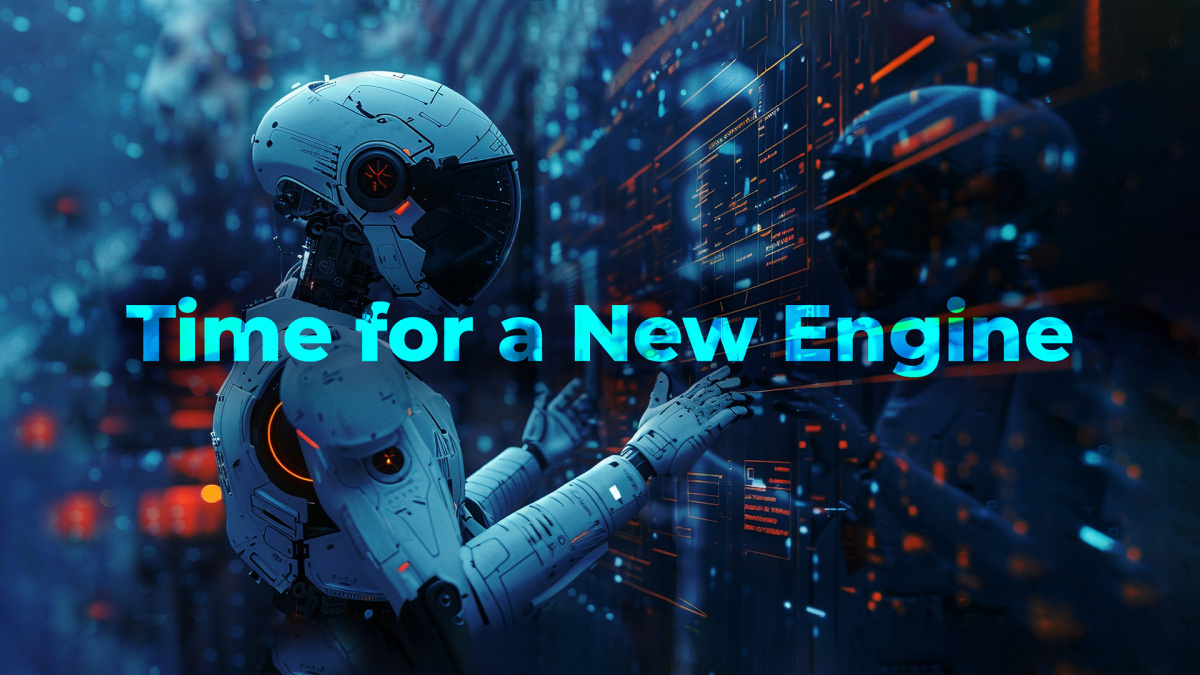Cybersecurity and AI: Time for a New Engine
It's hard to imagine today's world without ChatGPT or other artificial intelligence. It is everywhere—in our lives, in our computers, phones—and steadily integrates itself into our daily routines. Advanced technology nowadays can help us solve problems or get work done faster and easier, but what if we could use it to protect ourselves better from ever-evolving cyberattacks? As they say, work smarter, not harder.
Why Traditional Cybersecurity Methods Are Falling Short?
Traditional cybersecurity solutions rely heavily on predefined rules and signatures to detect threats. While these methods are effective against known threats, they struggle to identify new or evolving ones. Cybercriminals continuously adapt their techniques, finding ways to bypass static defenses. This means that companies must adapt their defense approaches too, integrating AI into their cybersecurity strategies.
Let's detail a few of the many ways AI can help in protecting your assets against cyberattacks.
1. Advanced Threat Detection:
AI-powered systems can analyze vast amounts of data in real-time, identifying patterns and anomalies that may indicate a cyber threat. Machine learning algorithms can recognize new attack vectors by learning from previous incidents, allowing to detect previously unknown threats.
2. Faster Response Times:
With AI, response times to cyber incidents can be significantly reduced. AI systems can automate threat detection and response processes, enabling faster mitigation of attacks and reducing the potential impact on organizations.
3. Predictive Analysis:
AI can predict potential cyber threats by analyzing trends and behaviors. Predictive analysis helps identify vulnerabilities before they can be exploited, allowing organizations to take proactive measures to strengthen their defenses.
4. Enhanced Incident Response:
AI can assist in incident response by providing detailed insights and recommendations. This helps cybersecurity teams understand the nature of the threat, the extent of the breach, and the best course of action to contain and eliminate the risk.
5. Improved Endpoint Security:
AI can enhance endpoint security by continuously monitoring and analyzing device behavior. Any deviation from normal patterns can trigger an alert, signaling for further investigation and immediate action if necessary.
Challenges and Considerations
While AI offers significant advantages in cybersecurity, it is not without challenges. Implementing AI-driven security solutions requires significant investment in technology and expertise. There is also the risk of adversarial attacks, where cybercriminals attempt to trick AI systems by feeding them false data. Ensuring the robustness and reliability of AI systems is crucial. To get the best out of AI, it is better if it is paired with the right products and solutions. At Protelion, we take that task seriously. Our products are highly customizable and flexible to integrate into already existing systems. Considering all the potential threats and attacks the world is facing nowadays, our products are designed to provide robust, adaptive, and proactive security measures, ensuring that your organization is protected against the most sophisticated threats.
In this age of digital transformation, AI is not just an addition to cybersecurity – it's the new engine driving it forward. Let's use it wisely to create a safer digital world.
